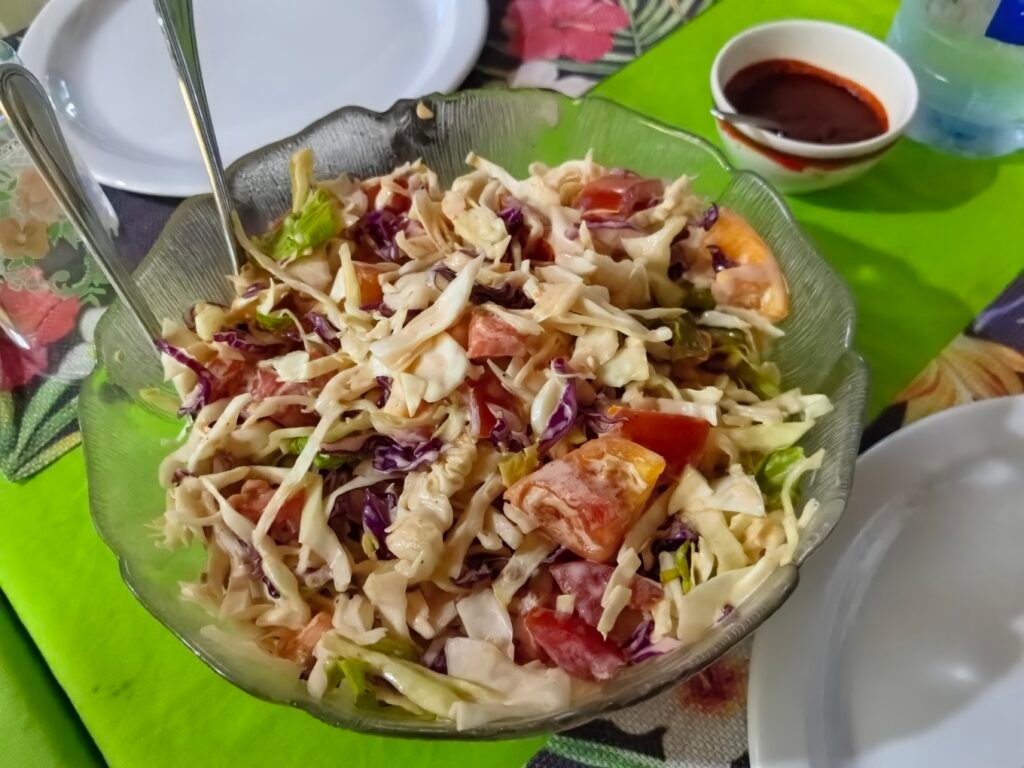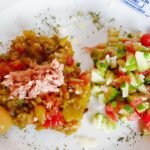About Djibouti
The name “Djibouti” means “boiling cauldron” in the local Afar language. In 2024, Djibouti returned to global attention due to disruptions in Red Sea shipping caused by strategic actions taken by Yemen’s Houthi forces against Saudi Arabia and Israel. This small African country, home to numerous foreign military bases, once again found itself in the spotlight.
Located on the western shore of the Gulf of Aden in northeastern Africa, Djibouti occupies a critical position at the entrance to the Red Sea, connecting it to the Indian Ocean. It shares borders with Somalia to the southeast, Ethiopia to the southwest and west, and Eritrea to the north. Its strategic location makes it one of Africa’s most important gateways and has earned it the title “The Window to Africa.”
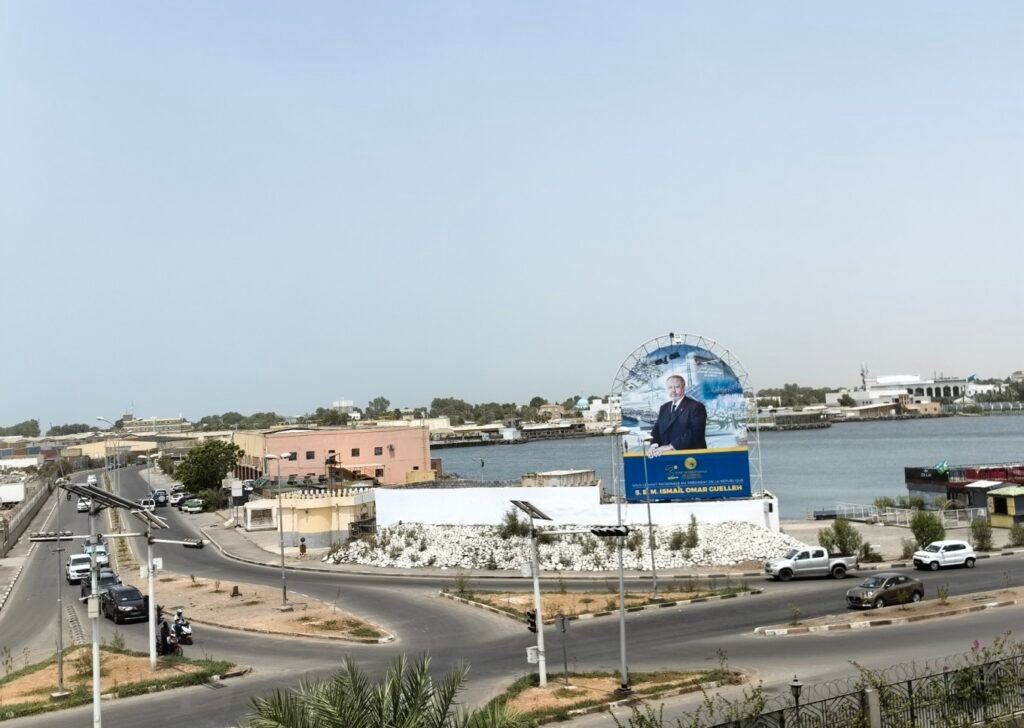
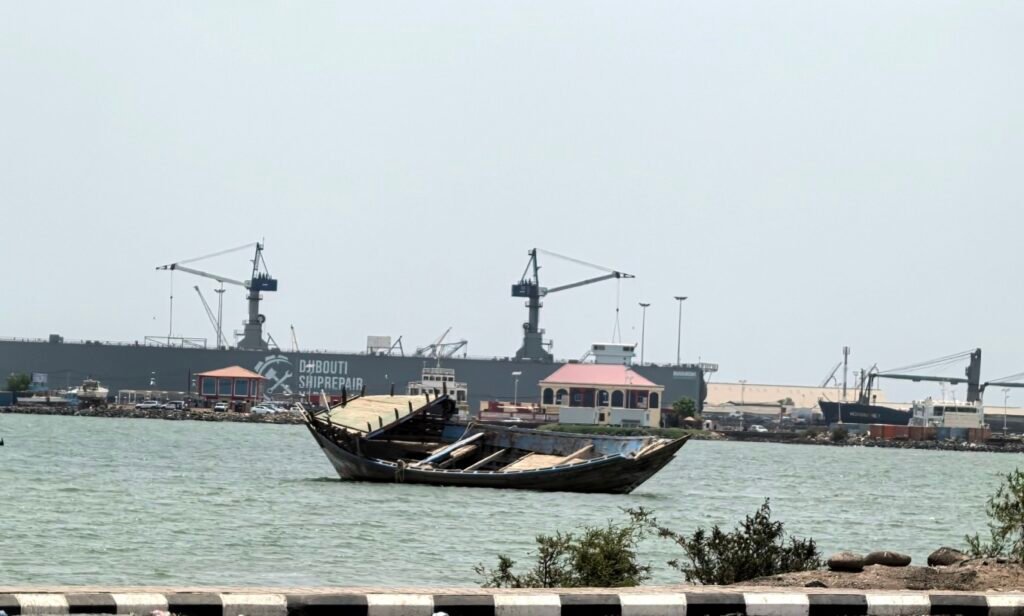
Djibouti’s land area is only 23,200 square kilometers, but it is rich in natural resources and cultural heritage. Its complex terrain has earned it the title of a “geological living specimen” among geologists, with towering volcanoes, low-lying plains, and lakes. Deserts and volcanic formations cover 90% of the country’s area. The territory consists of coastal plains with yellow sandy beaches, volcanic plateaus in the southern and central regions, and northern highlands where mountains exceed 2,000 meters in elevation.
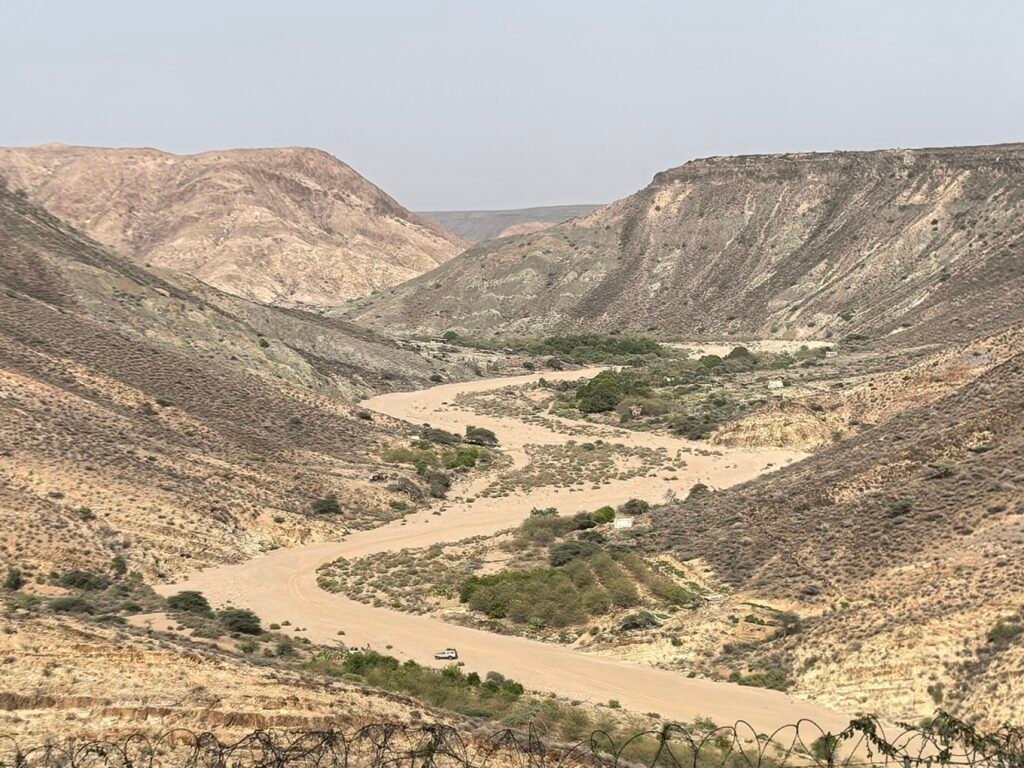

Origin of the Name “Djibouti”
The origin of the name “Djibouti,” meaning “boiling cauldron,” is subject to different interpretations. A popular story tells of a time when Western explorers first arrived in this barren part of East Africa and encountered an old man cooking over a pot. They asked him, “What is this place?” But due to the language barrier, the man thought they were asking, “What is this?” So, he responded, “This is ‘booti'”—the word for “pot” in Afar.
The explorers, misunderstanding him, repeated their question, and the old man, now frustrated, answered more emphatically: “Ji-booti! (My pot!)” And so, the name “Djibouti” was born.
Interestingly, Djibouti’s geography resembles the shape of a pot, with Lake Assal at its center representing the bottom of the pot, which adds another layer to this interpretation.
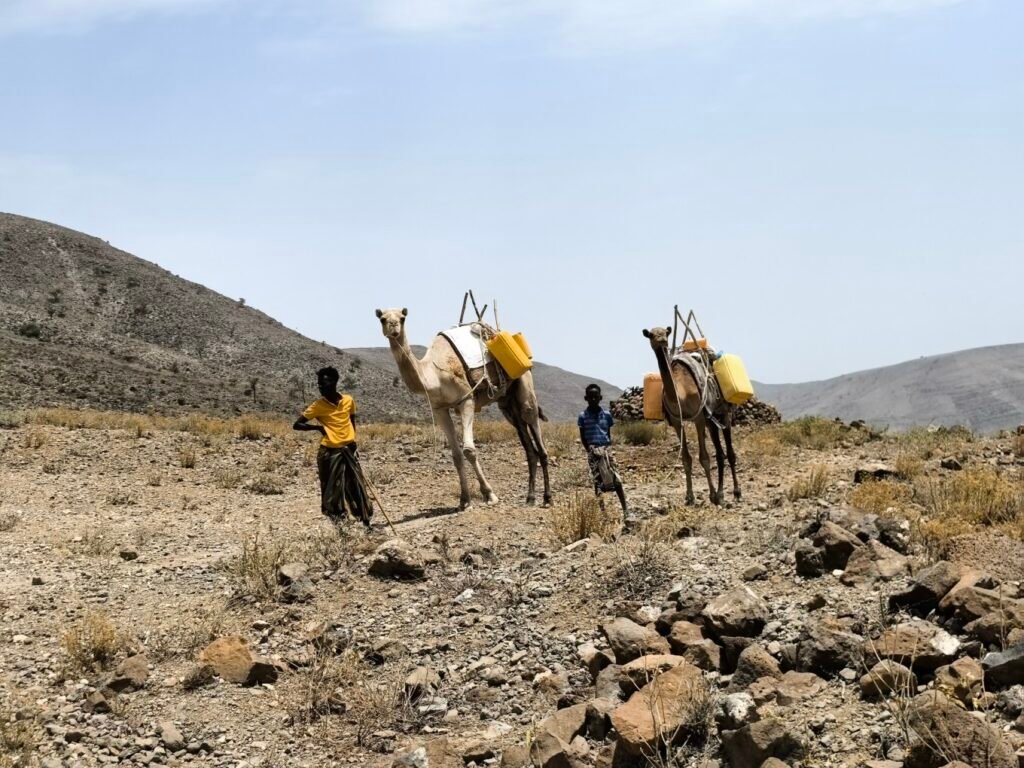

Due to its strategic location, Djibouti became a target for competing colonial empires. France invaded Djibouti in 1850 and fully occupied it by 1888, establishing it as an overseas colony. Following the wave of independence movements across colonial territories after World War II, France agreed to Djibouti’s independence at the end of 1974, and the country officially gained independence in 1977.
However, the heavy exploitation of resources during the colonial period left Djibouti without a solid industrial base, causing its economy to plummet after independence. Despite its strategic position near the Bab el-Mandeb Strait, one of the world’s most crucial waterways, Djibouti became one of the poorest countries in the world.
Djibouti Attractions – Islands
Djibouti boasts stunning natural landscapes, with its bays known for their fine white sand and crystal-clear blue waters, ideal for water activities such as diving and snorkeling. The southern part of the country consists mainly of plateaus, with elevations ranging from 500 to 800 meters. Djibouti is home to geological wonders like the Gulf of Tadjoura, one of the world’s widest rift zones. The East African Rift runs through the center of the country, with Lake Assal—located 150 meters below sea level—marking the lowest point on the African continent. To the north, Mount Mousa Ali stands at 2,010 meters, the highest point in Djibouti. The country also features unique volcanic landscapes, including the Ardoukoba Volcano and Algarub Volcano, which are perfect for hiking and mountaineering.
Key attractions include Moucha Island, Lake Assal, Lake Abbé, Goubet al-Kharab Abyss, Ardoukoba Volcano, Day Forest National Park, Randa’s Hidden Waterfalls, and the Tadjoura Marine Paradise.
Djibouti’s 370-kilometer coastline plays an essential role in its growing marine tourism industry, offering activities such as swimming, diving, and fishing. Maskali Island and Moucha Island are located in the Gulf of Tadjoura, about 30 minutes by speedboat from the capital’s port. With mangrove swamps and sandy beaches, these islands have become key tourist areas in Djibouti. Moucha Island is a small coral island, popular for fishing and diving between September and May when the Red Sea waters are clearest.
The island’s beaches are known for their pristine white sand and rare mangrove forests. Beneath the surface near the island, vibrant coral reefs are home to a variety of marine life, including parrotfish, surgeonfish, angelfish, and pufferfish, all swimming freely among the corals. The reefs feature both soft and gorgonian corals, with many species scattered throughout, creating a kaleidoscope of fish that, in turn, color the waters with their vibrant hues.
Moucha Island has become a favorite weekend getaway for the capital’s residents, offering a relaxing and entertaining space for all ages. It provides the perfect environment for people to unwind and enjoy nature.

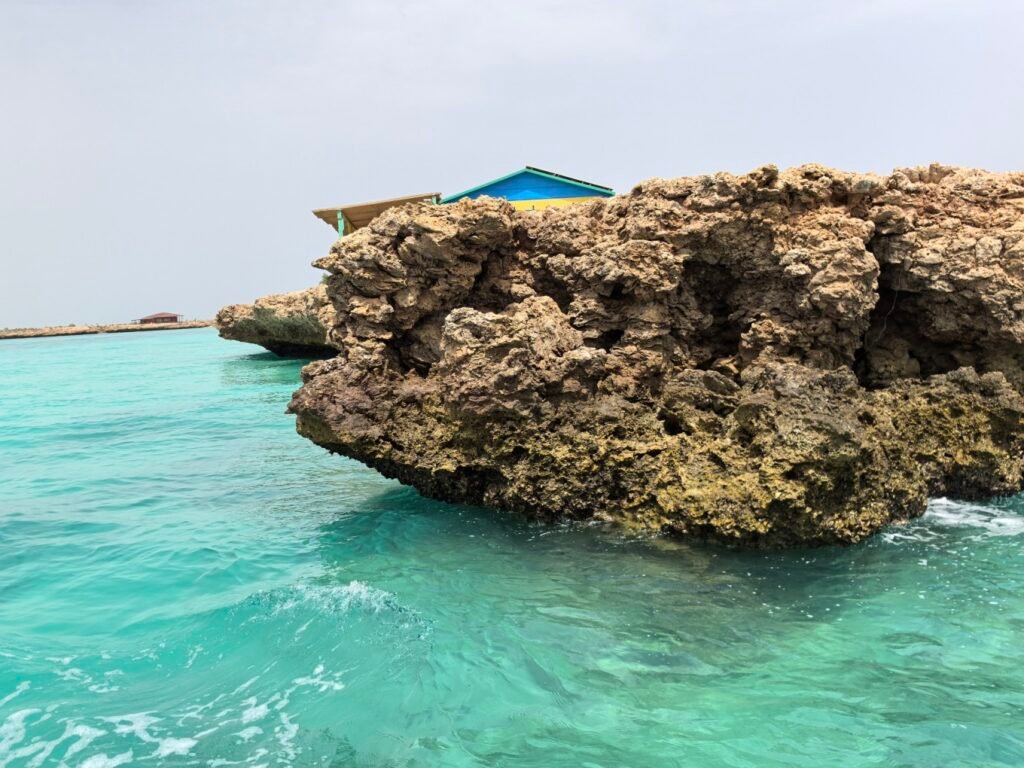
Djibouti Attractions – Day Forest National Park
Day Forest National Park is located not far from Tadjoura. The valley is home to many tall ancient trees. As off-road vehicles make their way through the valley, the lush trees covering the slopes on both sides gradually give way to winding paths that climb to the hillsides and mountain peaks. Along the way, you’ll encounter numerous cypress trees that have been dead for years, scattered across the slopes, creating a somewhat desolate and solemn atmosphere. Nature’s wonders truly inspire awe!
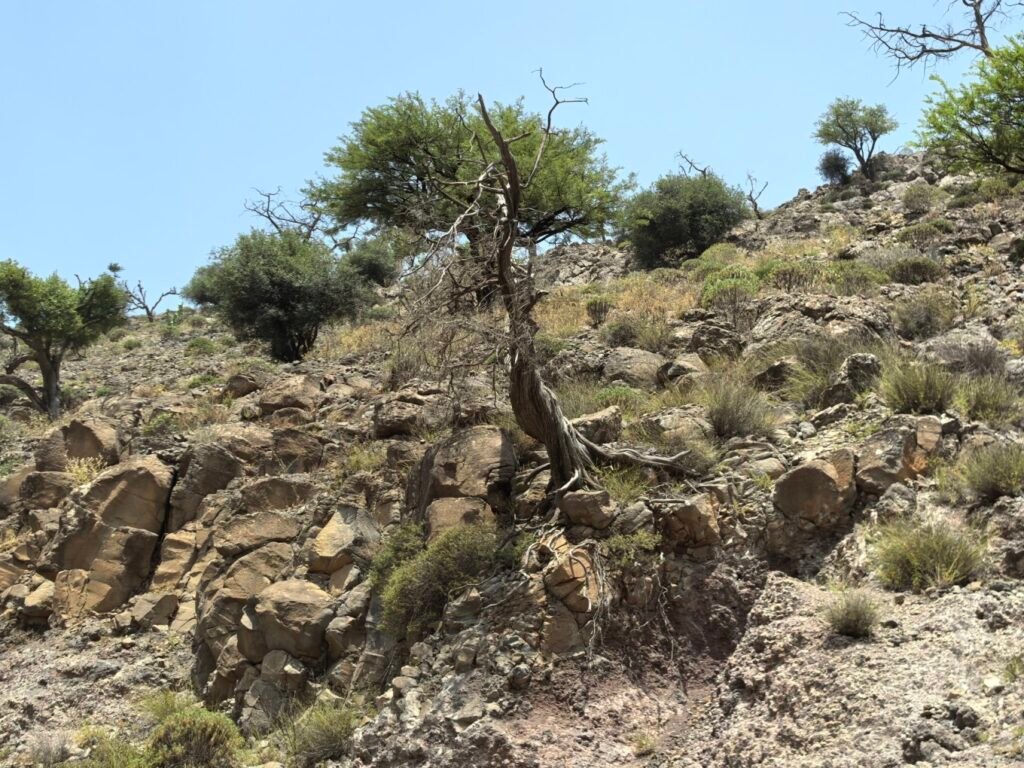
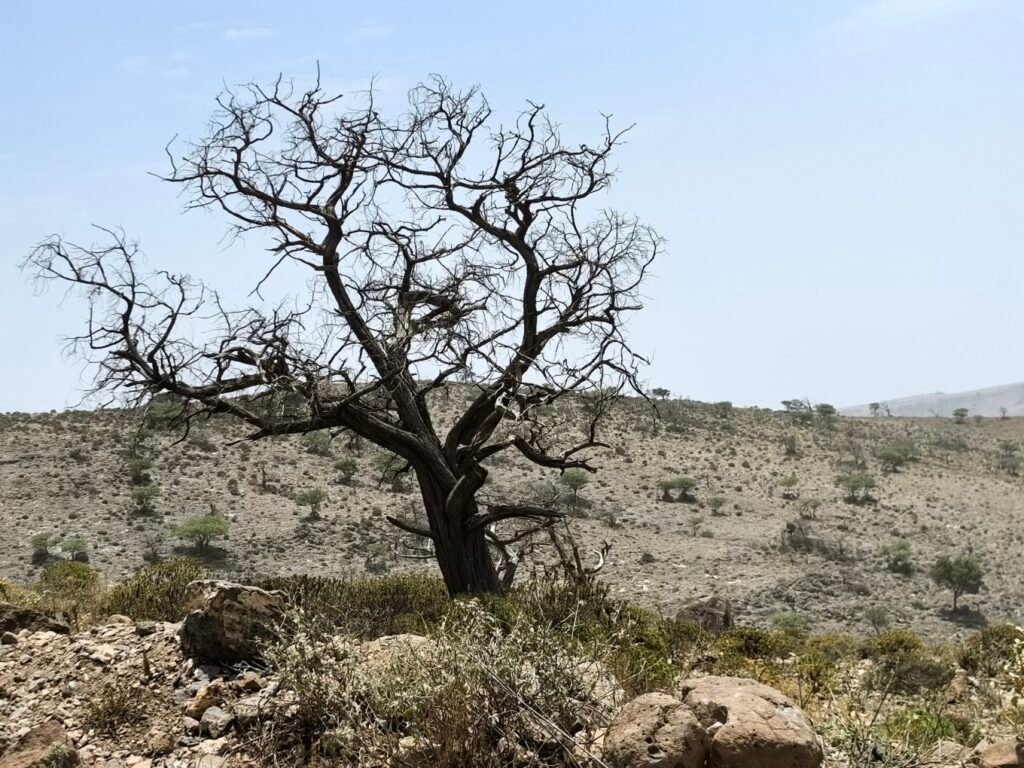
Djibouti Attractions – The Eastern Terminus of the East African Rift
The East African Rift is the largest fault line on the Earth’s surface. Stretching a length equivalent to one-sixth of the Earth’s circumference, this rift is both majestic and awe-inspiring. It is the largest rift valley in the world, often referred to as “a great scar on the surface of the Earth.”


Continuing past the viewpoint of the Great Rift Valley, we came across a large family of baboons by the roadside, capturing everyone’s attention. Some baboons were strolling along the road, while others gathered in groups, lounging in the shade of trees or rocks, completely unfazed by passing vehicles. They even skillfully drank the Coca-Cola we offered them, as if it were a familiar treat.

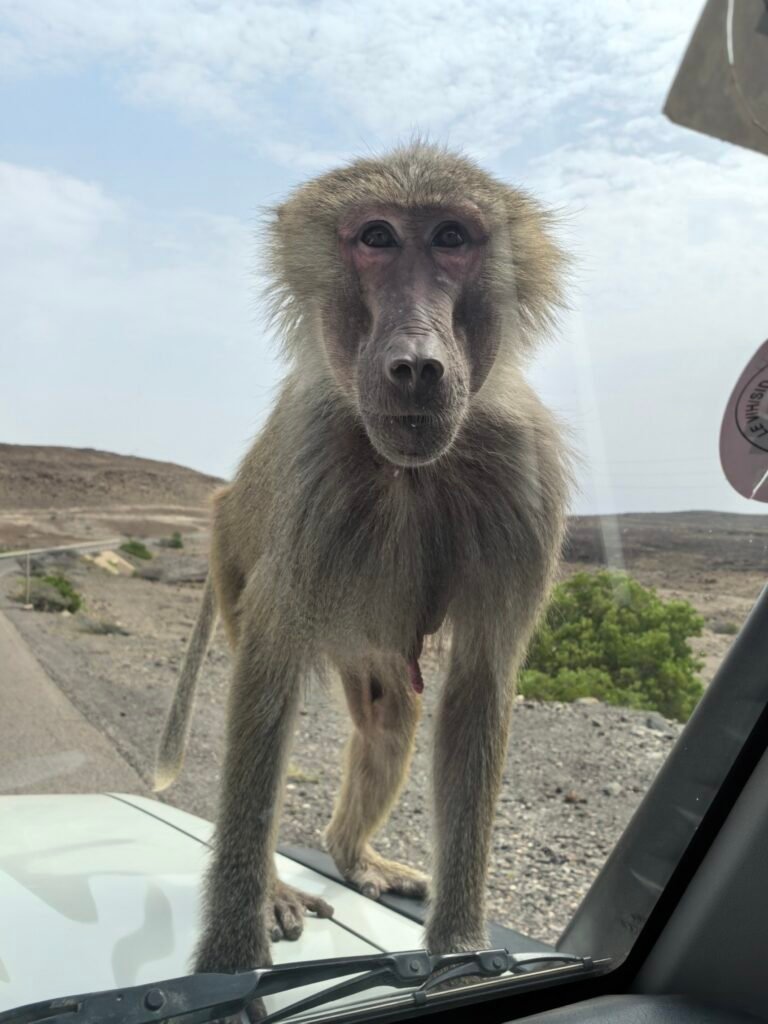
Djibouti Attractions – Lake Assal
Lake Assal, recognized by National Geographic as one of the “Top 10 Wonders of the Earth,” lies northwest of Djibouti City. It spans over 10 square kilometers and is located 107 kilometers from the capital, at the northern tip of the East African Rift, near the end of the Gulf of Tadjoura. As the lowest point on the African continent, Lake Assal sits at an elevation of -150 meters.
This extraordinary natural salt field was once connected to the sea but became an isolated salt lake due to tectonic shifts. The region’s high temperatures and arid climate have led to intense evaporation, leaving behind a salt layer up to 8 meters thick at the lakebed. With a salinity concentration of 34.8%, Lake Assal is more than 10 times saltier than seawater and even surpasses the Dead Sea, making it the saltiest water body in the world, containing up to 330 grams of salt per liter.
The Afar people discovered the lake centuries ago and have long harvested its salt. To this day, they transport the salt by camel caravans southward to Ethiopia, trading it for essential goods. Salt remains one of Djibouti’s most important export commodities.
Near the foothills surrounding the lake is a hot spring, with emerald waters gently flowing into the vast salt lake. Visitors often make a quick stop to explore the area, spending around 10-15 minutes taking in the sights.

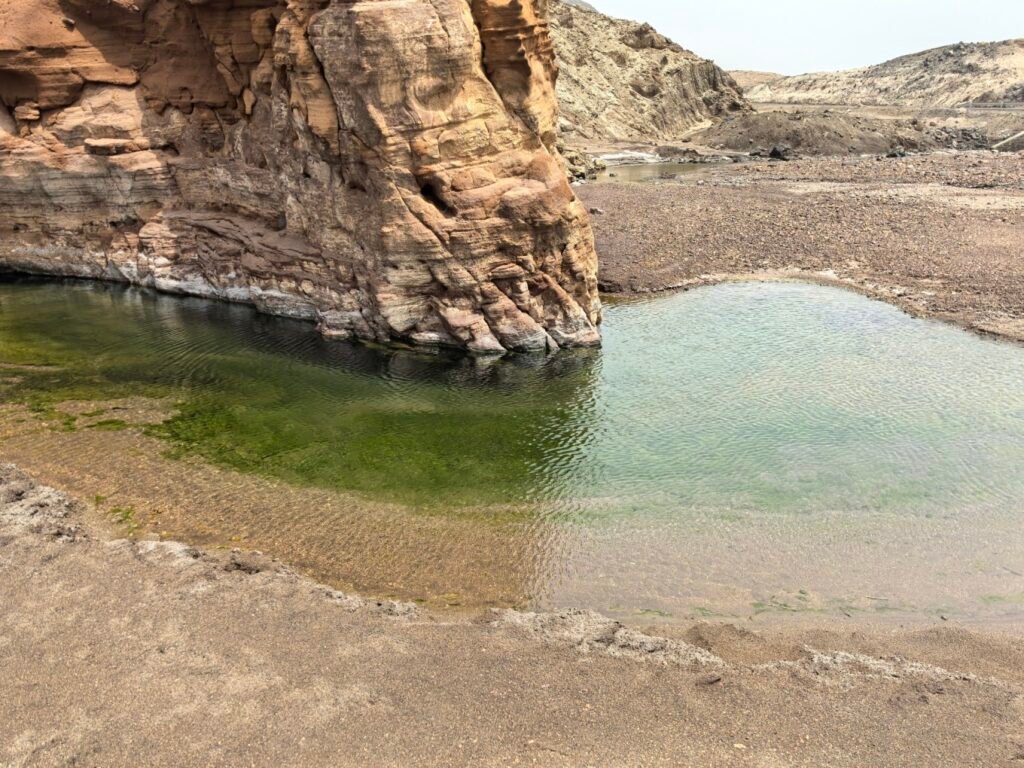
Major Cities in Djibouti – Arta
Arta is a small city perched on a hillside, located about an hour’s drive from Djibouti City. With cooler temperatures than the low-lying capital, Arta serves as a summer retreat for Djibouti’s elite.
On Arta Mountain lies the Sunny Hill Center, run by French expats. It features a restaurant, guest rooms, a children’s playground, and even two camels, making it a popular spot for weekend gatherings and relaxation.
Major Cities in Djibouti – Djibouti City
Djibouti City is rich in history and cultural heritage. Once an important hub for maritime trade, the city still retains many ancient buildings and artifacts. It is home to a diverse society that includes Afar, Issa, Somali, and Djiboutian communities, each with their own languages, clothing styles, and traditions. Visitors can explore local culture by visiting museums and participating in traditional cultural activities.
As the largest city in the country, Djibouti City serves as the political, economic, cultural, and transportation hub of the nation and is one of the largest ports in East Africa. Due to its location in a tectonically active volcanic zone, the city lacks high-rise buildings. Instead, tree-lined boulevards are flanked by elegant villas and houses in both Arabic and European styles, surrounded by greenery and flowers. With their beautiful designs, well-planned layouts, and vibrant colors, these structures give the city a charming appearance.
Thanks to its abundance of European-style architecture, Djibouti City is often described as the “French Hong Kong of the Red Sea” and offers visitors an excellent place to experience diverse cultures.
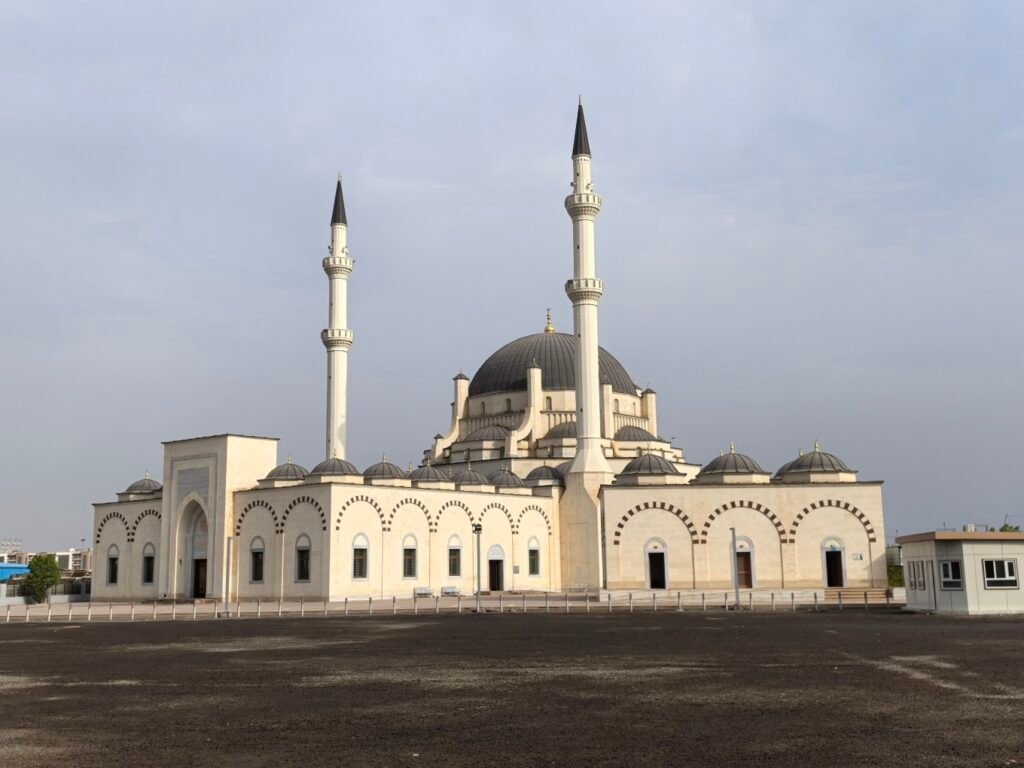
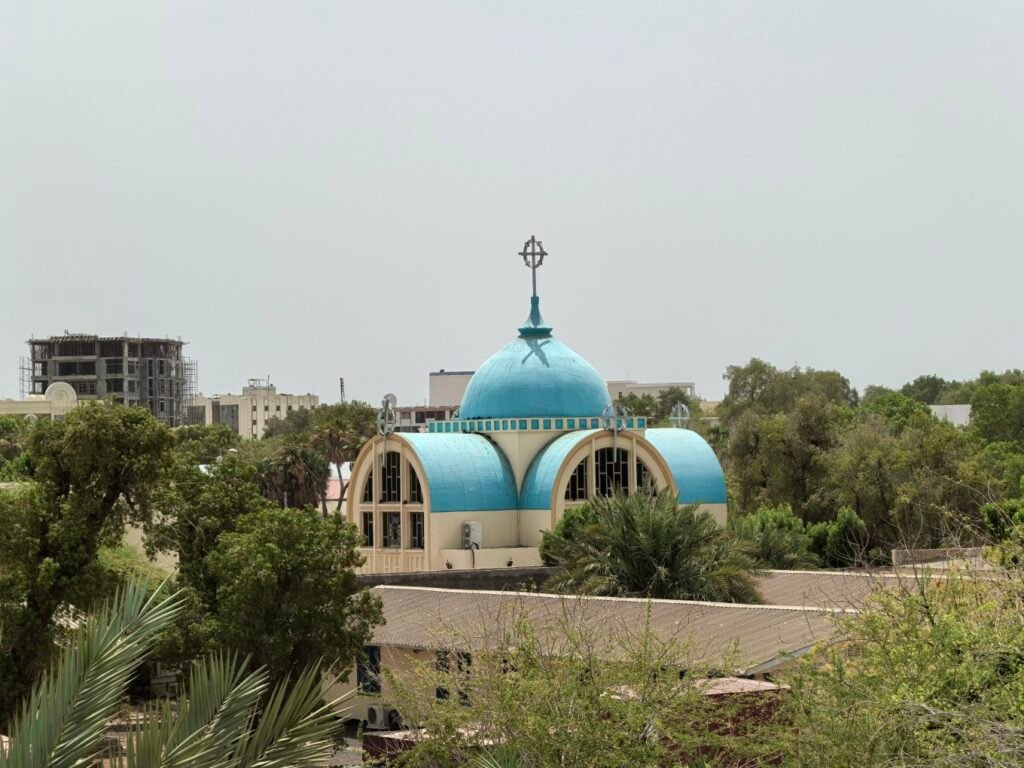
Djiboutian Cuisine
The people of Djibouti are known for their hospitality. Men typically greet each other with handshakes, while women offer a curtsey as a sign of respect. The local diet revolves around flatbreads, thick porridges, and a variety of sweets. Djiboutians enjoy using spices like chili and curry in their cooking. Influenced by Arab culture, most Djiboutians are Muslim, meaning they abstain from eating pork and drinking alcohol.
Djiboutian cuisine offers a range of delicious traditional dishes, such as skewered meats, spiced rice, and rice balls. The country also has a vibrant coffee culture, and visitors are encouraged to try the unique local coffee at cafés.
An unusual part of Djibouti’s culture is the consumption of khat (also known as Arabian tea). Khat is a plant with stimulant properties, similar to opium in its effects. Chewing khat leaves, often accompanied by Coca-Cola, gives users a sense of euphoria and heightened energy, leading them to engage in animated discussions, as if they were intellectuals or influential figures. It’s important to note that khat is a controlled substance in some countries, where its sale and consumption are strictly prohibited.
